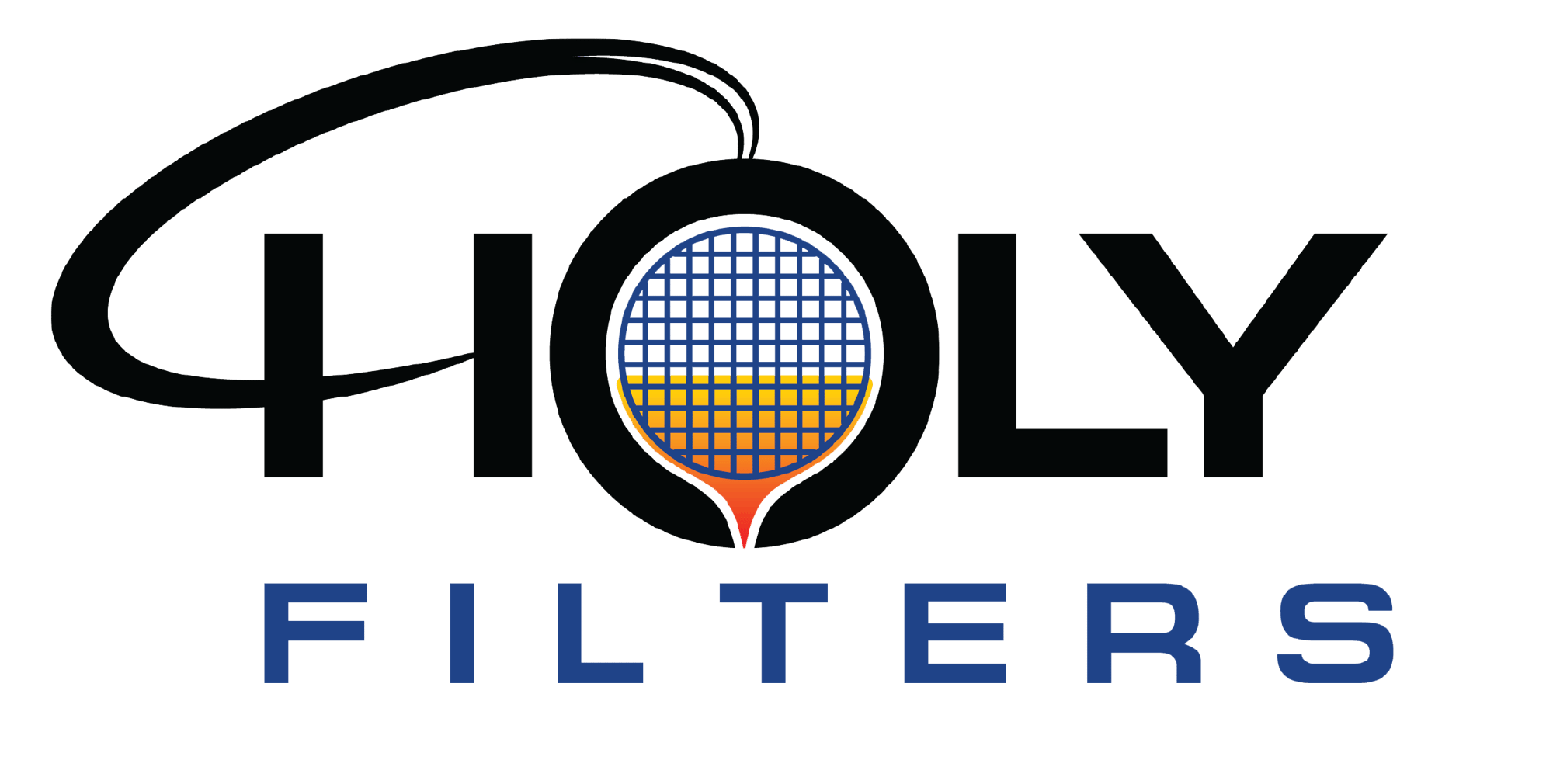Drop in. Filter flawlessly. Cast with confidence.
Since 1984, our ceramic honeycomb filters have been the trusted choice for aerospace, investment casting, and precision foundries—delivering higher yields, cleaner alloys, and fewer defects/part without the hassle.
Investment Casting Filters
How We Elevate Your Casting Process
You’re under pressure: costly scrap, inclusion defects, and inconsistent results. Foam filters require prep, introduce debris, and defect rates climb. It’s time for a filter that works for you—not the other way around.
Stop battling inefficiencies.

Precision filtering that:
-
Requires zero cleaning—drop it in and pour. No prep, no dust, no contamination.
-
Delivers laminar flow, reducing turbulence-splash and inclusions while enhancing purity and strength.
-
Uses L3MM technology, blending zirconia-level performance with mullite-level cost—delivering 45% less scrap and 20% fewer re‑works, boosting throughput by 30%.
-
Withstands temperatures up to ~3200 °F, engineered for the toughest foundry environments.
-
Offers customization and flexible inventory control, tailored to your production needs—whether ramping up or scaling down.
The Science Behind the Magic:
-
Consistent flow rates ensure reliable solidification and mold fill.
-
Oxidation, splash, and trapped air are minimized for cleaner, void-free castings.
-
In demanding fields like aerospace, these filters reduce inspection failures, uphold tight tolerances, and maintain structural integrity.
Honeycomb Vs. Foam Filters
Don’t See what you’re looking for? Talk to our Sales team to learn more about our custom sizes & shapes available.
| Honeycomb | Foam | |
| Prep/Cleaning | Drop-in, no dust | cleaning required, dust risk |
| Flow | Laminar, stable | Turbulent, variable |
| Defects | Fewer inclusions/voids | Higher risk of inclusions |
| Consistency | Tight geometry/cpsi | Variable pore structure |
Specifications & Customizations
We offer a range of standard sizes—and a capability to customize for your toughest applications:
| Typical Sizes | Minimum | Maximum |
| Length or Diameter (in) | .75 | 6.50 |
| Width (in) | .75 | 6.50 |
| Height (in) | .25 | 12 |
| CPSI | 4 | 500 |
EXPERIENCE THE ADVANTAGES OF LAMINAR FLOW
-
Enhanced Quality
Our ceramic honeycomb filters induce laminar flow, ensuring superior removal of debris, slag, and inclusions from molten metal.
-
Improved Flow Stability
Enjoy stable and fast molten metal flow, preventing oxidation, splashing, and air ingress for higher-quality castings.
-
Consistency
Unlike foam filters, ceramic honeycomb filters offer consistent flow rates, minimizing variability and ensuring reliable solidification control during casting.
-
Reduced Splashing
Laminar flow minimizes the 'splash' effect, enhancing casting integrity and reducing void inclusions for superior final products.
-
Enhanced Control
Benefit from precise flow control and minimized flow variations, ensuring consistent casting quality from pour to pour.

Your Success, Cast Into Reality
With Applied Ceramic's molten metal filters, you'll:- Increase yield and cut scrap, never wondering when costly defects will surface
- Simplify your process, no cleaning, no delays—just reliable filtration
- Forge quality you can trust, backed by decades of engineering, innovation, and performance
Ready to See the Difference
Drop us a line to discuss how our filters can solve your process pain points.
